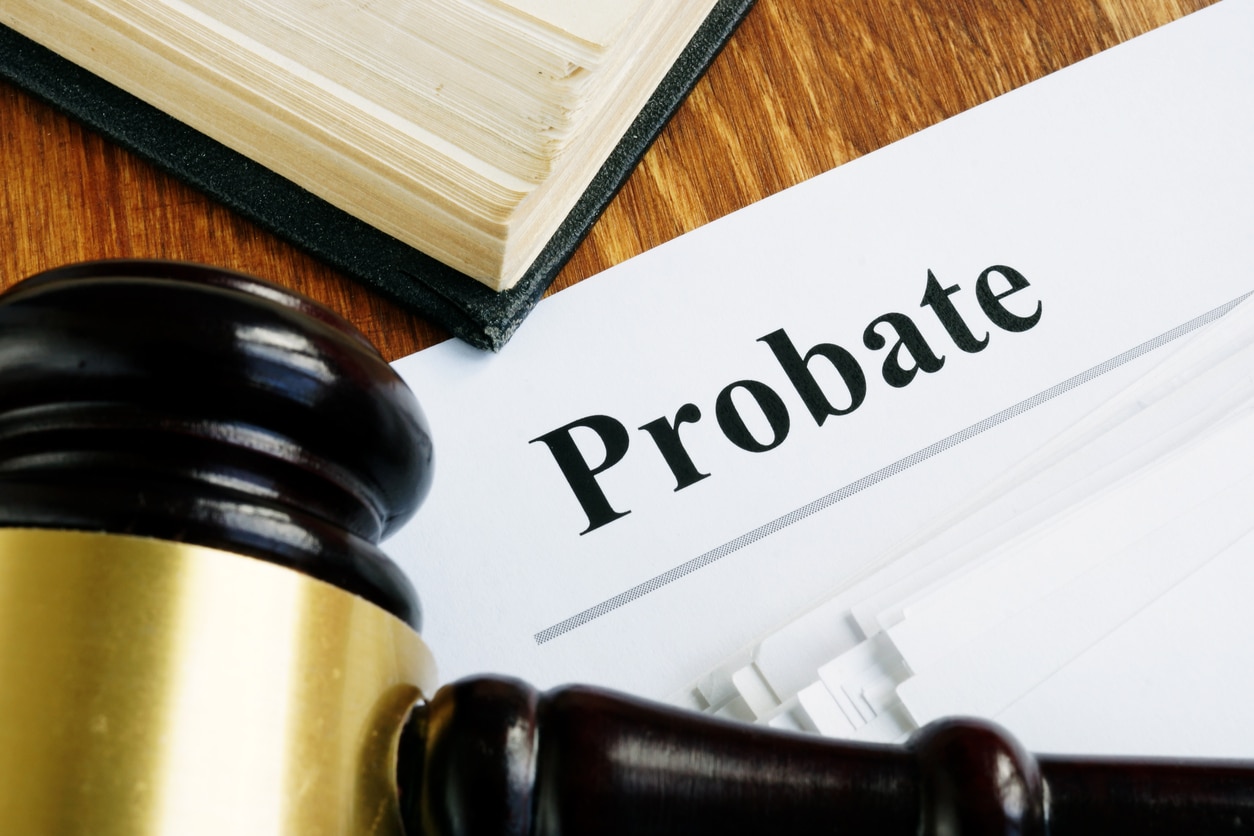Updated on October 22, 2021
How do you change title to real property after the owner of the property has died? Depending on how title is held and whether the owner died with a will or trust or intestate will affect how you change title to real property after the owner dies. Here are several ways you can do it:
Three Ways to Change Title to Real Property After an Owner Dies:
Affidavit of Death of Joint Tenant
The easiest way to transfer or change title to property after the owner dies is by holding title to real property in joint tenancy. That is because property held in joint tenancy has a right of survivorship. This means that the deceased owners’ interest automatically passes to the surviving owner. However, because the deceased owner’s name is still on the deed, to clear title, the surviving owner will need to record an affidavit of death of joint tenant. After the affidavit is recorded, title will be solely in the name of the surviving joint tenant(s).
Trust Administration
It is also relatively simple to transfer property held in a living trust. Property that is held in a living trust will be distributed to the beneficiary(ies) named in the living trust. Prior to this, the successor trustee must record an affidavit of death of trustee. This will give the successor trustee the authority to record a new deed transferring title of the property to the beneficiary(ies) identified in the trust.
Probate
One of the most difficult and time-consuming ways to transfer property after the owner’s death is through probate litigation. Property that is held in the owner’s name, and not as a joint tenant, can be distributed only through probate. This is true if the owner had a will or died intestate. Accordingly, the executor of the will, or any other person related to the decedent, must file a probate petition and get an order from the Court as to the distribution of the property. If the owner had a will, then the probate court will order the property to be distributed to the beneficiary(ies) named in the will. If the owner did not have a will and died intestate, then the probate court will order the property to be distributed based on the laws of intestacy.
Our probate attorneys in Los Angeles at Schorr Law have a great deal of experience with real estate matters and disputes. Contact us today to schedule a 30-minute consultation!
